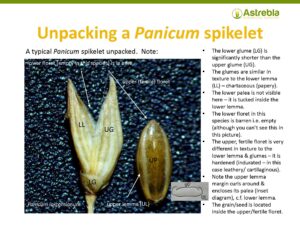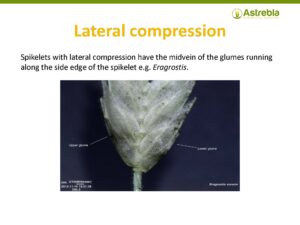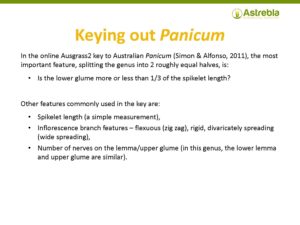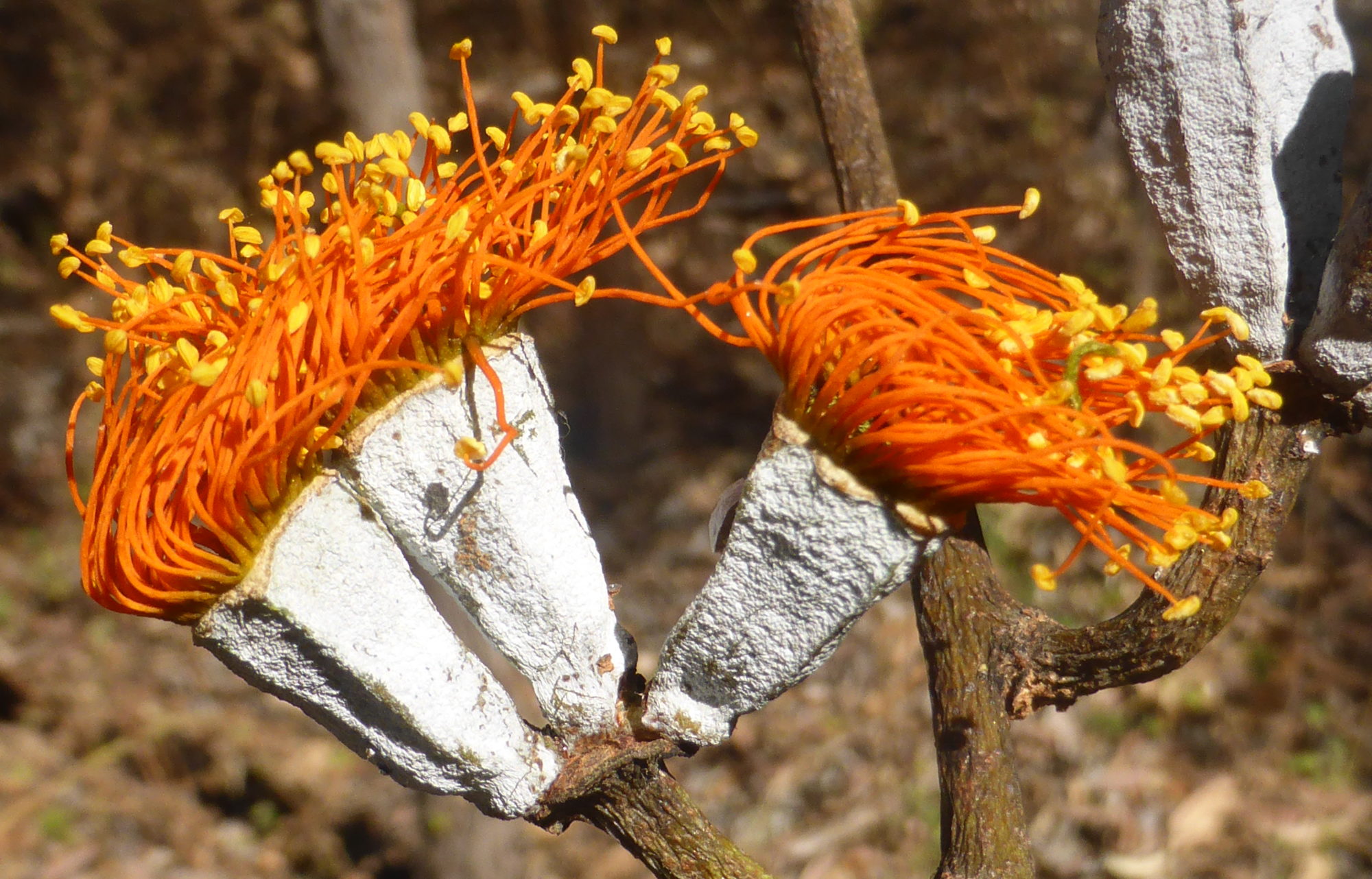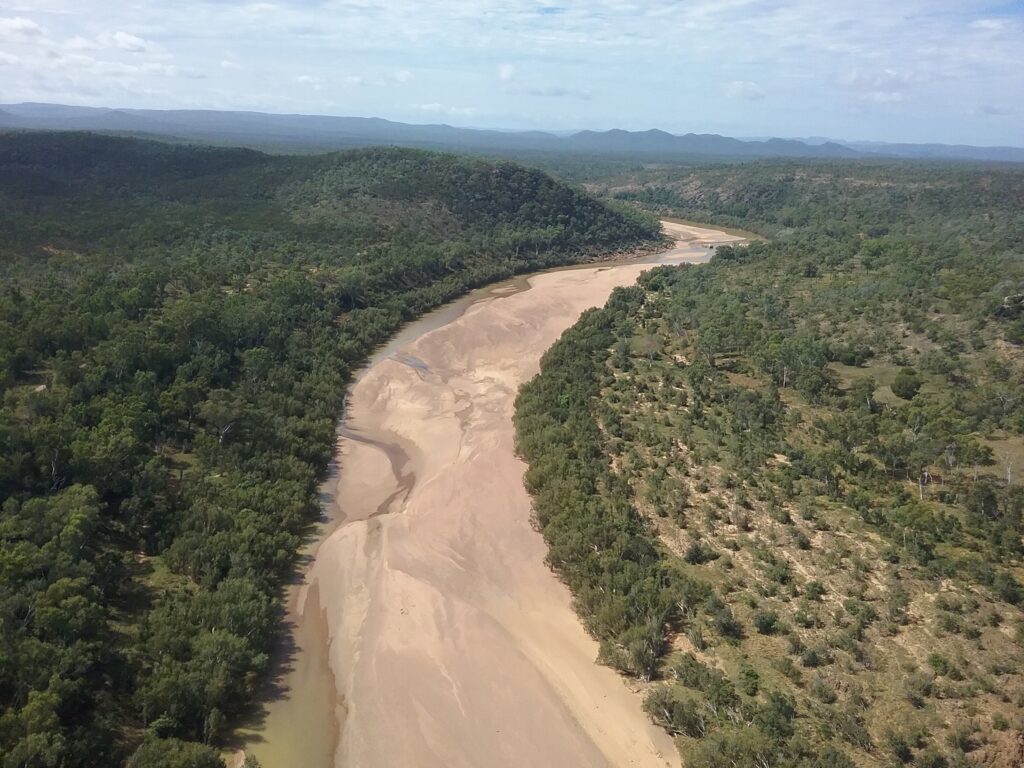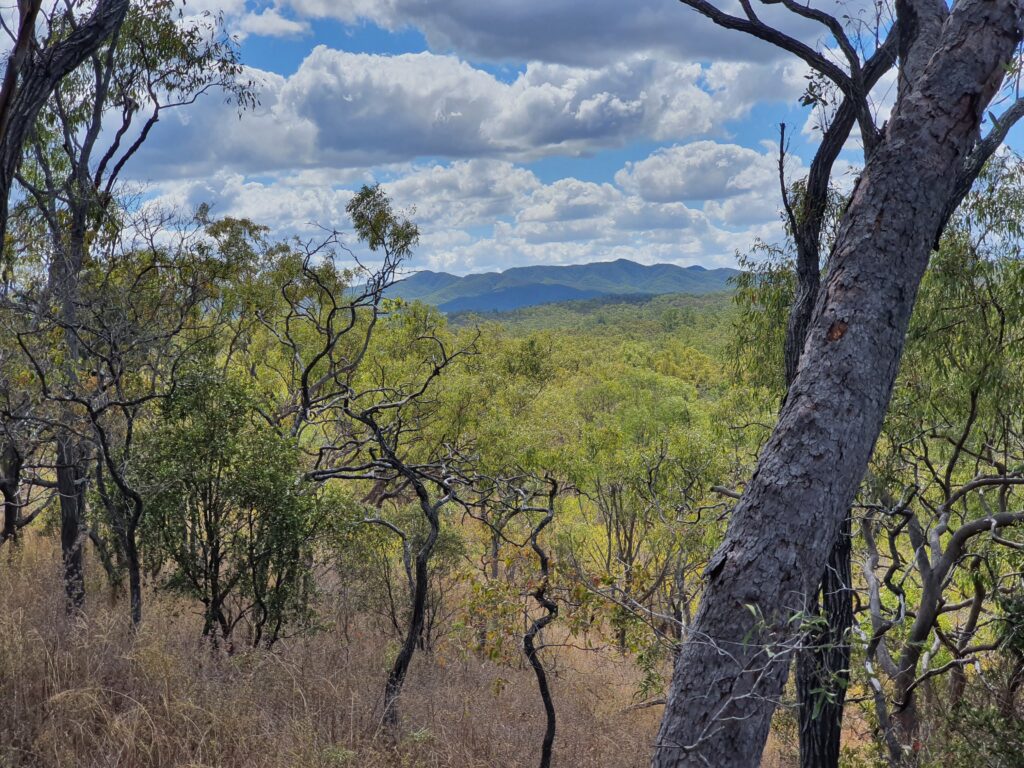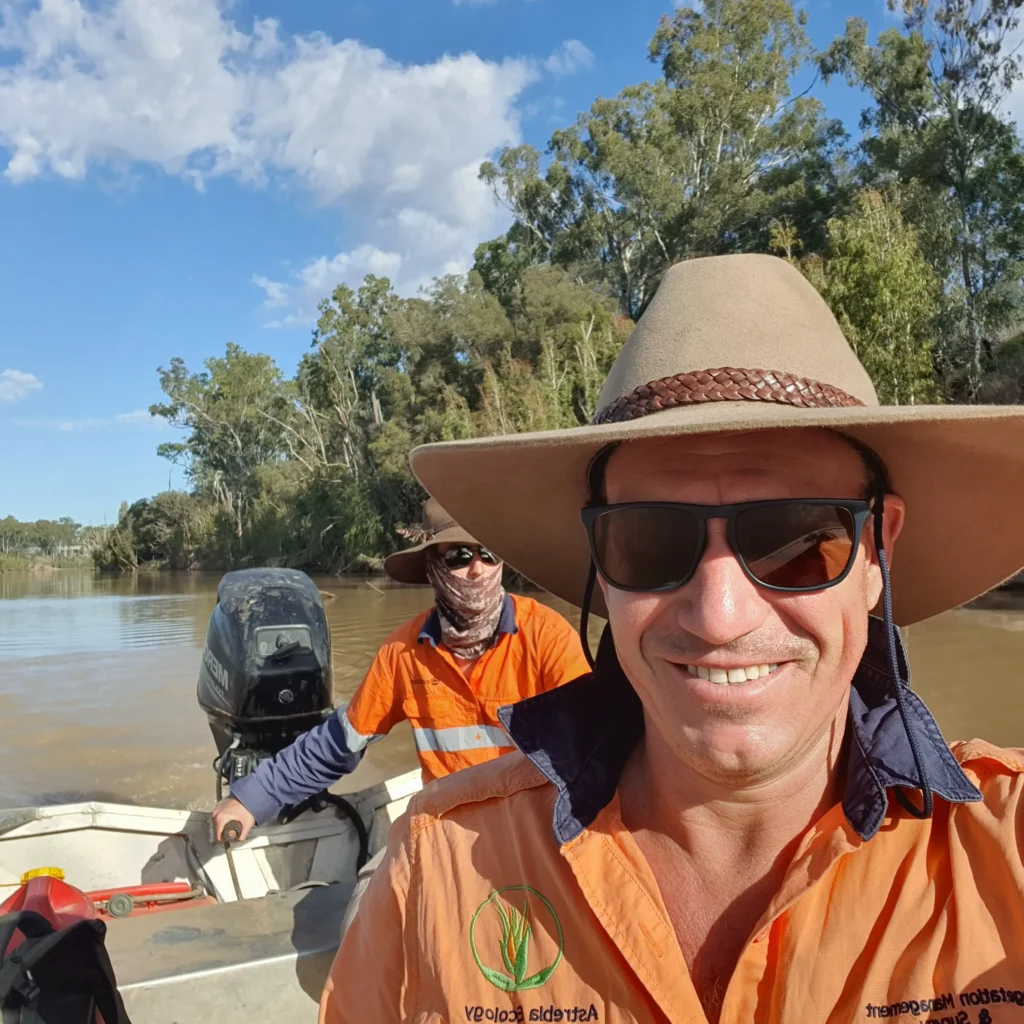Do you need to identify grasses to species, or have an interest in learning how?
Then this course is for you!
Workshop dates are scheduled periodically. Or, if you have 5 or more attendees, you can arrange an in-house workshop.
The next workshop will be held 15-16 August, 2024.
You can secure a place via the Humantix website @
https://events.humanitix.com/introduction-to-grass-id-skills-workshop
Workshops are held at The Hut, 47 Fleming Road, Chapel Hill, Brisbane.
This is the only publicly available, northern Australian grass-focused ID course based on hands-on microscope learning offered in Australia!
Learn to confidently recognise up to 20 major northern Australian grass genera & their ID features.
This course is designed for ecologists who conduct vegetation surveys & need to reliably identify grasses to species with scientific accuracy and consistency.
However, it is also suitable for anyone who has some background in grass ID and who wishes to extend their knowledge and skills base.
If you are grass beginner or novice, and don’t intend to delve into the field of grass ID in future, you may find this course too detailed and fast-paced – but you are still welcome!
You will use a stereo microscope (provided) to gain familiarity with the main diagnostic feature of grasses – the spikelet. You will also gain skills in interpreting typical grass inflorescence types.
By becoming familiar with a broad range of grass spikelets, you can confidently recognise those features in the field using a simple hand lens.
At the completion of this course, you will:
- Be familiar with up to 20 of the more common grass genera of northern Australia & the morphological concepts underpinning their ID (primarily C4 grasses).
- Be able to recognise spikelet & inflorescence features & interpret the botanical language used to describe them.
- Be able to find those features in grasses you examine in the field using a hand lens.
- Be able to negotiate digital and dichotomous keys with more confidence and accuracy (and greater speed). These skills are transferable to other families.
- Most importantly, you will have built a solid foundation on which to continue a lifetime of independent learning in grass identification & botany.
This is a unique opportunity to learn basic grass ID and microscope dissection skills from an ecologist with 20 years’ experience.
The course notes (see examples below) provide clear ID pointers using microscope images that will assist you in your ID endeavours for years to come!
Course details
- Course cost = $845 GST inc. for 2 days (8 am – 5 pm).
- You will need to take a laptop (or you can use your phone) so that you can view the digital course notes and keys.
- Course format is simple – a presentation explaining a particular grass genera or tribe, followed by a hands-on session with microscopes and samples of the target genera/tribe. Each student will have their own microscope.
- Class size is limited to 10 students.
- Lunch (vegetarian and non-vegetarian sandwiches), snacks and morning/afternoon tea will be provided.
- Each participant will be provided with detailed digital course notes including microscope photographs illustrating key features of 20 grass genera (see below).
- In addition, each participant will receive to keep:
- a pair of forceps for dissecting spikelets,
- a pocket metal ruler ideal for use in field IDs.
Contact Simon at simon@astrebla.com or on 0423 706 440 for further information
This course will be conducted by Simon Danielsen, a field botanist & ecological consultant with 20 years’ experience in botanical field surveys & identifications across northern Australia.
Simon has run his own ecological consultancy operation (Astrebla Ecological Services) for 9 years & is highly experienced in vegetation mapping, threatened plant surveys & the field identification of grasses & other plants. In 2014, he spent a year in the ID room at the Bangkok Forestry Herbarium in Thailand, completing over 400 botanical determinations in that time.
